
A dash cam is a wise investment if you take long road trips, live in a busy city, or have an expensive car, especially if you can find the best dash cam deals. Dash cameras can continuously record what’s happening in front of you while driving. Some models also record what’s happening behind you or inside your vehicle. A dash cam can be a godsend in the event of an accident, producing evidence for you and your insurance company in the event of an accident.
Today’s best dash cam deals
ARIFAYZ Dash Cam — $46, was $60
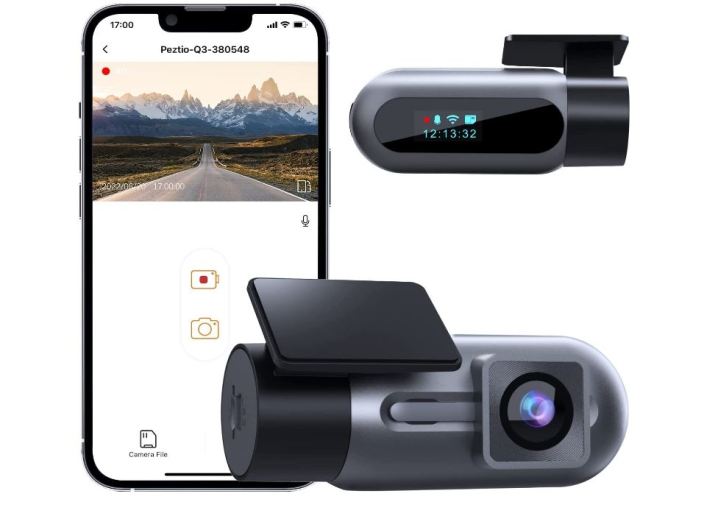
If you’re looking for something cheap and simple, this is it. This ARIFAYZ dash cam records at 1080p and 30 fps, so you’ll get quality footage that you won’t need to squint at when you’re reviewing it. It has night vision too, so you can get license plates and faces even in the dark. It connects to your phone, so you can download footage from wherever you are. You can set up a parking mode that will record constantly, or you can set it to start recording when it detects a collision.
Kenwood – DRV-A301W — $70, was $120
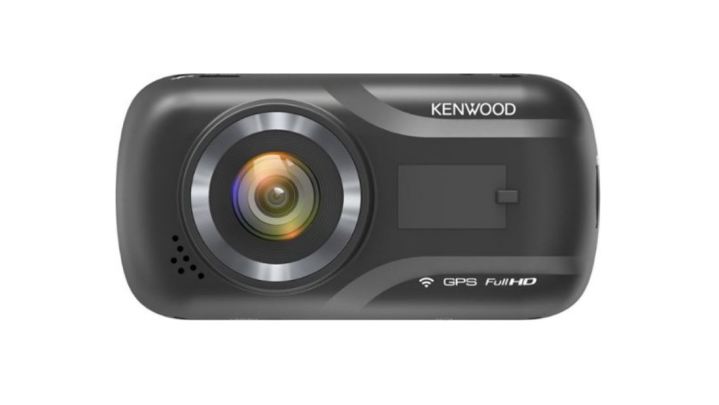
This Kenwood has everything you could need in a simple package. It records at 1080p and 30 fps with a viewing angle of 136 degrees, so you’ll be able to capture license plates and both edges of your windshield with minimal distortion. It has a 2.7-inch LCD screen attached to it, so you won’t need to mess with an external app to review footage. That is an option too, if you want, and it lets you storage and review footage without being in the car.
Kingslim D4 4K Dual Dash Cam — $111, was $140
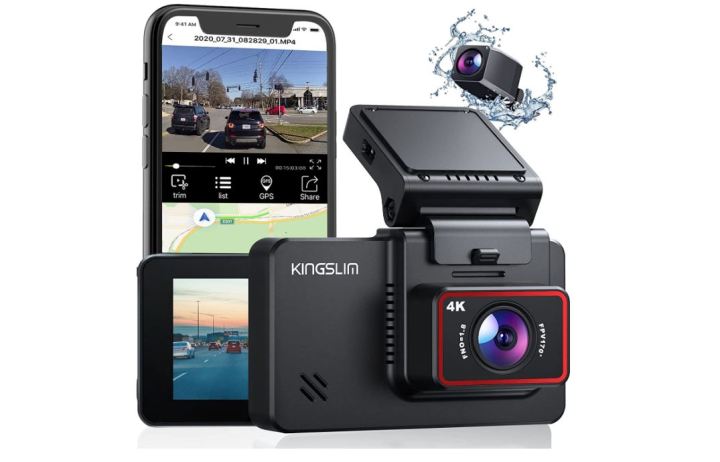
This Kingslim is a fantastic option if you want to safeguard against rear end collisions. There is a separate camera that you can connect to the back of your car, and you can switch between views. They are both recording all the time, of course. The front camera records in 4K footage and the rear camera records in 1080p, so you have high quality recordings of both. When you want to review the footage, you have the option of viewing it on the app or straight from the 3-inch LCD screen.
WOLFBOX 4K Dash Cam — $117, was $200
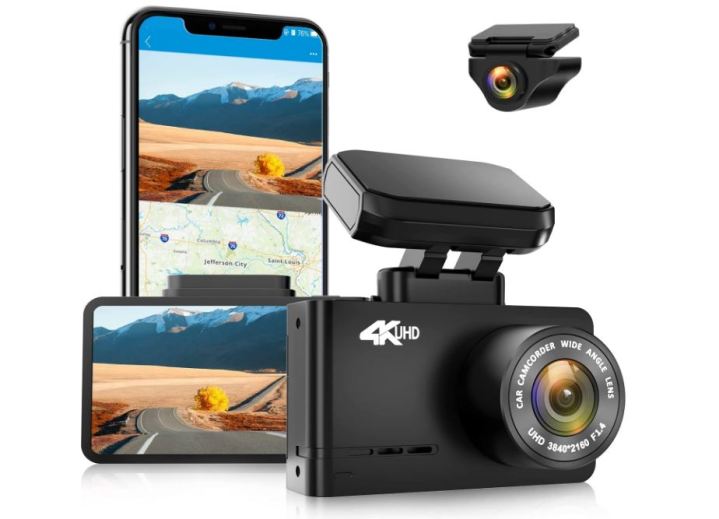
The Wolfbox has a front and rear camera. The front camera records in 4K, while the rear one records in 1080p. It has the ability to record night vision, so you don’t have to worry about missing license plates if get into an accident when it’s dark. The front camera has an impressive 170-degree view, and the rear camera has a similar 140-degree view. The camera has a built-in GPS, so you can match your footage with exactly where you were at the time.
Garmin – Dash Cam 47 — $150, was $170
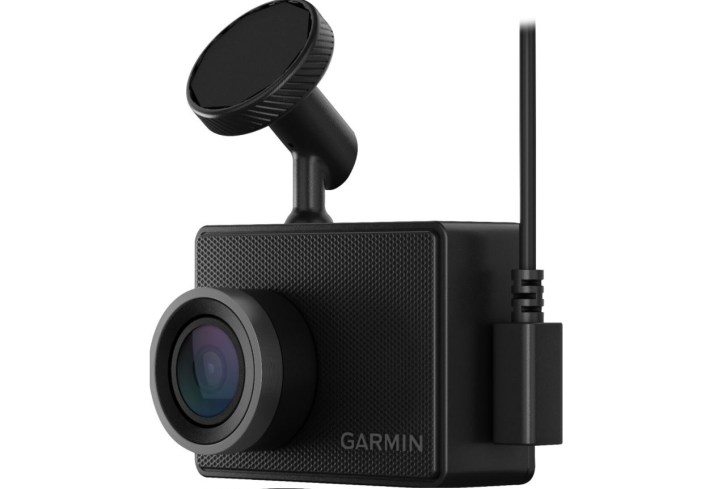
Garmin is a trusted brand in GPS, smartwatch, and dash cam tech. The Garmin Dash Cam 47 is proof of that. The camera itself is very small, so you won’t loose any visibility when you attach it to your dash. It records in 1080p through its 140-degree view. It uses that famous Garmin GPS to record where you are and attach that info to the footage. You can access a live footage of the cam at any time through your phone, so you can check up on your parked car car throughout the day.
How to choose a dash cam
Which dash cam you choose depends on your needs. Every dash cam will obviously give you a frontside view of what’s going on ahead of you — the cheapest offering only this view. More expensive cameras will either provide you with a view inside your car, or a secondary camera that you can place in your rear windshield to see behind your car.
While front view-only cameras are cheaper, we do recommend cameras that offer either interior or rearview cameras as well. Remember, accidents won’t always happen in front of you — sometimes you’ll be hit from behind. Rideshare drivers should choose a camera that offers an interior view as well because in the event of an incident, you’ll want evidence of what is going on inside the car as well.
We’d also recommend a camera with night vision capabilities both inside and out. At night, cheaper dash cams won’t provide the detail you need to make the footage useful. Again, for rideshare drivers night vision inside will be preferable — many of us drive at night, so being able to see what’s going on inside the car clearly in the dark is beneficial.
As far as resolution goes, look for a camera with a resolution of at least 1080p. You’ll also want to look at some sample footage first (many dash cams have reviews on YouTube that include this). Some cameras perform better than others. While there are 4K dash cams now available, in most cases, you’ll likely be able to settle for 1080p without losing much picture clarity.
Do dash cams lower insurance?
No. As far as we know at the moment, no insurance companies provide any discount for installing a dash cam inside your car. However, having a dash cam installed could keep your rates low in the long run. In many insurance claims for accidents, what happens can quickly become a case of “he said, she said.” Without video evidence, you could find yourself partially at fault for an accident that might not have been your fault at all. Dash cam video could help keep your rates lower since you’ll have a video of what happened in the accident.
Do dash cams have night vision?
A majority of midrange and higher-end dash cams will have night vision — and even some cheaper cams, too. What we will caution is not all night vision is created equal. We’ve seen considerable variability in the quality of night vision footage between dash cams — even ones of similar price. Take some time before you buy to look over sample night-vision footage, so you get the best bang for your buck.
Do dash cams record sound?
Some do, and some don’t — although a vast majority will. Do remember that the sound recorded will be from inside your vehicle and not outside. As a result, anything happening outside the car that you might want to hear will not be as audible as what’s going inside the vehicle. If you’re a rideshare driver, we certainly recommend purchasing a dash cam that does, however.
Do dash cams need to be plugged in?
While some dash cams can be charged up and run without being always plugged in, our recommendation is to have your dash cam continuously plugged into a source of power. The last thing you’ll want during an incident is to find your dash cam’s battery ran out.
Editors’ Recommendations



